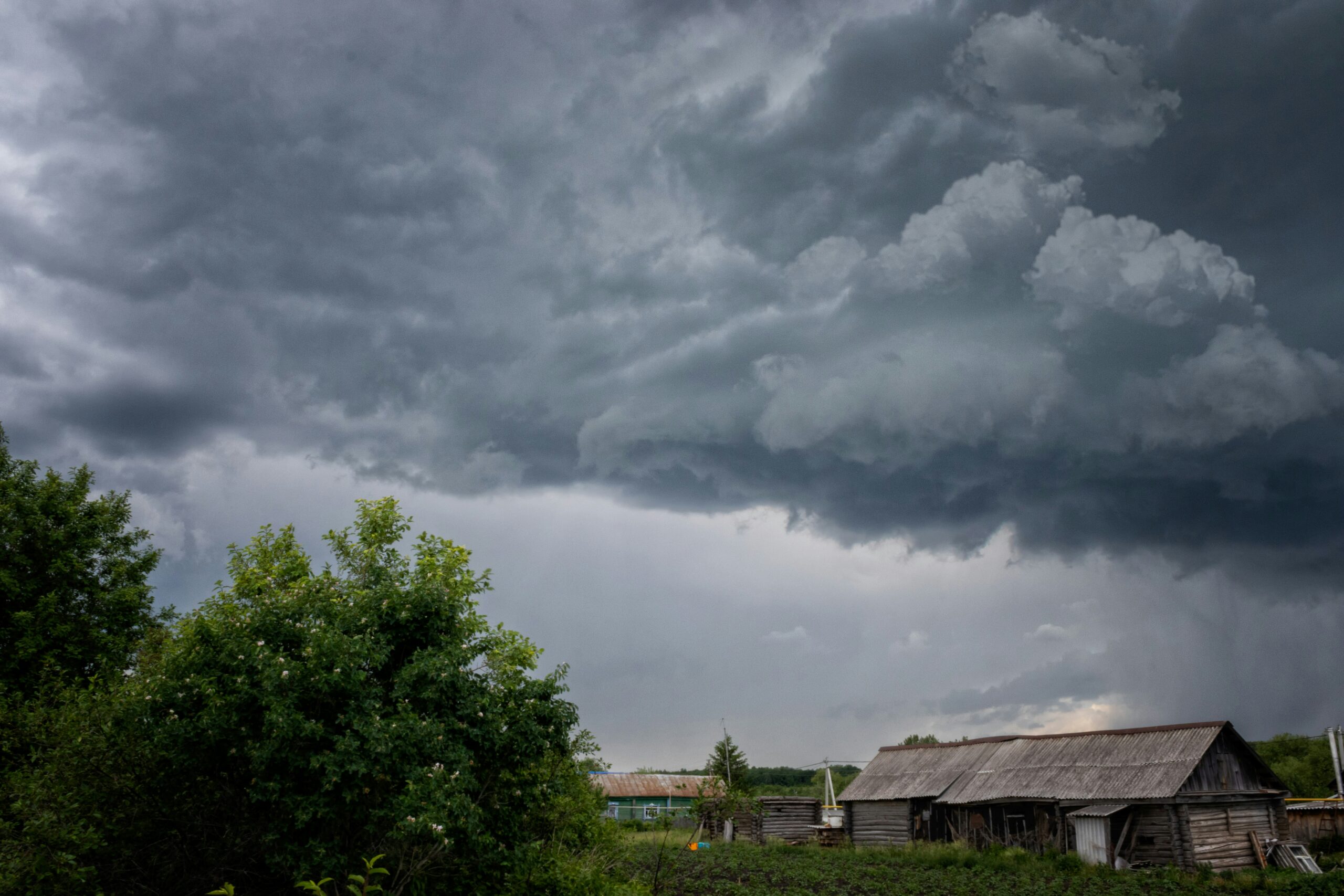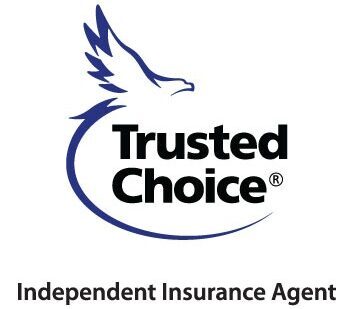
Homeowners Insurance Deductibles (AOP, Wind/Hail, Named Storm): A 2025 Guide
Homeowners insurance can be complicated, especially when dealing with various deductibles. One critical term you’ll likely come across is AOP, which stands for All Other Perils. If you’re in a region where different weather conditions or risks can affect your property, understanding AOP and how it fits into your policy is essential. This comprehensive guide will cover everything you need to know about AOP, its meaning, its comparison with other deductibles like wind/hail, and how much wind and hail insurance costs.
What Does AOP Mean in Insurance?
In homeowners insurance, AOP refers to All Other Perils. This is a general deductible that applies to damage caused by perils that aren’t specifically excluded or covered under a separate deductible. If a type of damage doesn’t have a dedicated deductible (like wind or hail), the AOP deductible will apply.
- Scope: Covers perils not specifically listed in your policy, including general property damage like fire, vandalism, and theft.
- When It Applies: If your home experiences damage from something not covered by another deductible, such as wind/hail or named storm.
Example: A tree falls on your house due to a strong storm, but it’s not officially named a “storm.” The damage would likely fall under AOP and the AOP deductible would apply.
For more details on AOP, you can refer to the National Association of Insurance Commissioners (NAIC) for a deeper understanding of common insurance terminology and best practices.
Wind/Hail vs. Hurricane vs. Named Storm Deductibles
Understanding the various deductibles is crucial for homeowners, especially those living in areas prone to severe weather events. Here’s how each deductible works:
Wind/Hail Deductible
This deductible applies when damage is caused by wind or hail. It is typically calculated as a percentage of the home’s insured value.
- Example: If your property is insured for ₹1,00,00,000 and your deductible is 2%, you would need to pay ₹2,00,000 out-of-pocket before insurance starts covering the damage.
For further comparison of wind and hail coverage, you can check resources from trusted sources like The Balance.
Hurricane Deductible
This deductible applies when a storm is officially declared a hurricane by meteorological authorities.
- Special Notes: This deductible is usually higher than regular deductibles, reflecting the increased damage potential of hurricanes.
- Trigger: Activated when a storm is officially named a hurricane.
Named Storm Deductible
Named storm deductibles cover damages from storms that have been officially named by meteorological organizations.
- Example: If a storm named “Tropical Storm Elsa” causes damage to your property, the named storm deductible applies.
- Scope: It covers more than just hurricanes and can include tropical cyclones, which may not be as severe but still cause significant damage.
How Much Does Wind and Hail Insurance Cost?
The cost of wind and hail insurance varies depending on several factors, such as location, home value, and policy details. The average cost can range anywhere from ₹30,000 to ₹70,000 annually for homeowners living in storm-prone areas. Factors like geographical location, insurance company, and home value can affect this estimate.
Key Influencing Factors:
- Location: Coastal or storm-prone regions often face higher rates due to the increased risk.
- Home Value: Higher property values generally lead to higher premiums.
- Deductible: Choosing a higher deductible can reduce premium costs, but make sure you’re financially prepared to pay that deductible if needed.
For more detailed cost comparisons and tips, visit Insurance Information Institute (III).
AOP vs. All Perils: What’s the Difference?
Although AOP might seem similar to All Perils coverage, the two terms have different meanings:
- AOP refers to a deductible applied to damages caused by perils not specifically excluded from your policy.
- All Perils Coverage means your insurance policy covers damages from all potential sources except those specifically excluded.
For a clearer distinction, you can refer to the Insurance Information Institute (III) and NAIC.
Sample Deductible Comparison
| Deductible Type | Applies To | Calculation Method |
|---|---|---|
| AOP | General property damage, unspecified perils | Fixed amount or percentage |
| Wind/Hail | Wind or hail damage | Percentage of insured value |
| Hurricane | Hurricane damage | Percentage of insured value |
| Named Storm | Named storms (e.g., hurricanes) | Percentage of insured value |
Tips for Homeowners
- Review Your Policy Regularly: Ensure your insurance policy is up-to-date and provides adequate coverage for your home.
- Consider Location: If you live in an area prone to certain weather events, like tornadoes or hurricanes, make sure you have the proper coverage.
- Understand Your Deductibles: A higher deductible can save on premiums, but be prepared for larger out-of-pocket costs in case of damage.
- Get Multiple Quotes: Contact multiple insurers to compare premiums and coverage. Different companies offer various policies, and rates can vary widely.
For tips and further assistance, visit resources like The Balance for insurance advice.
External Resources for More Information
For additional information about homeowners’ insurance deductibles and policies, check out these reliable sources:
- National Association of Insurance Commissioners (NAIC)
- Insurance Information Institute (III)
- The Balance: Homeowners Insurance Explained
By understanding AOP, wind/hail, hurricane, and named storm deductibles, you can make an informed decision about your homeowners insurance. At ProLines Insurance, we offer expert advice to help you choose the best coverage for your needs.
Contact us today at Prolines Insurance to discuss your insurance options and ensure your home is properly protected.


